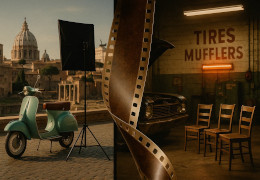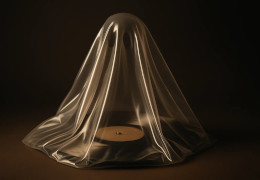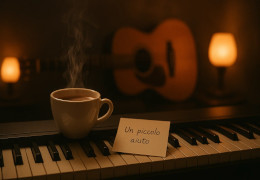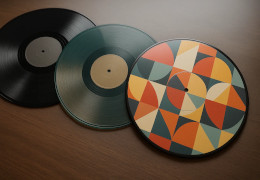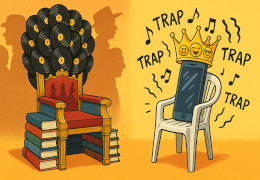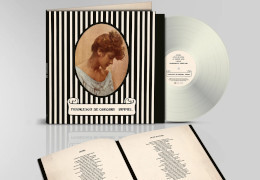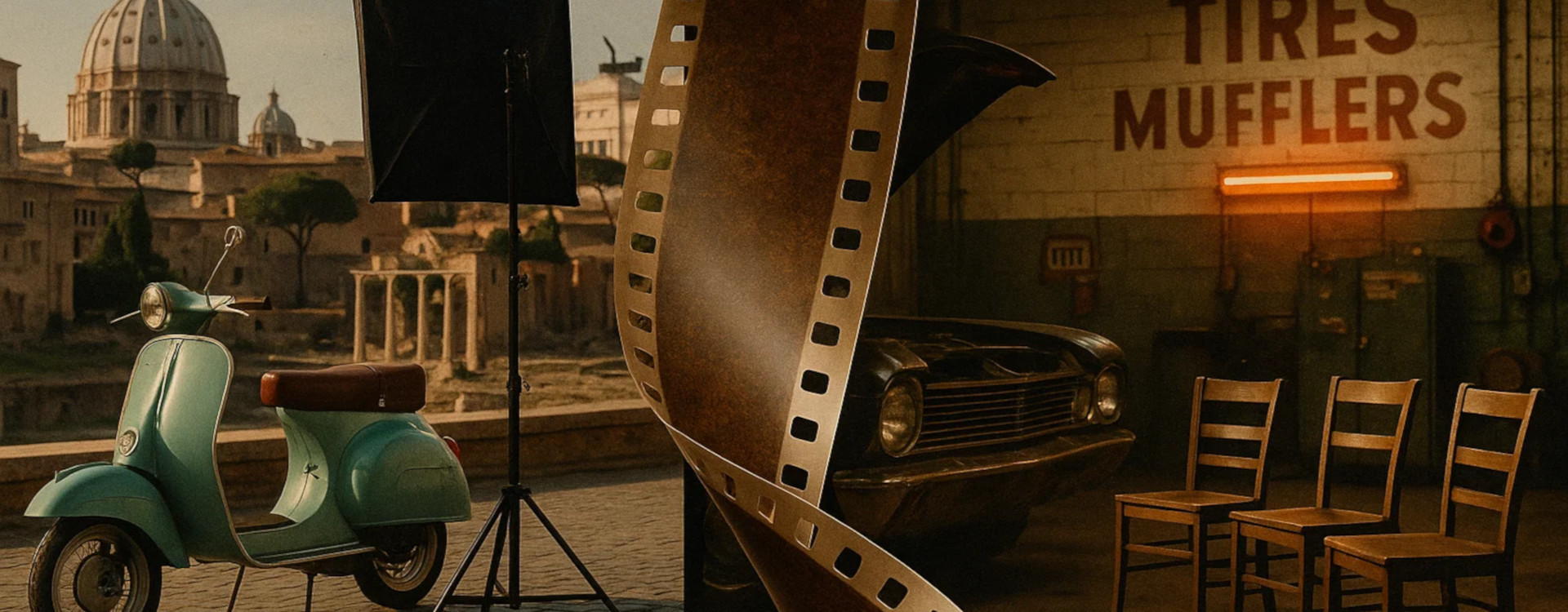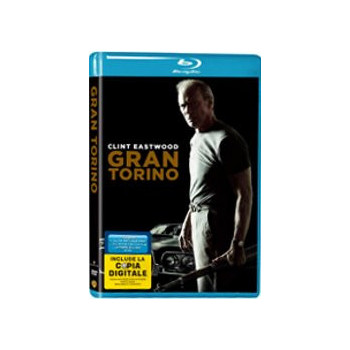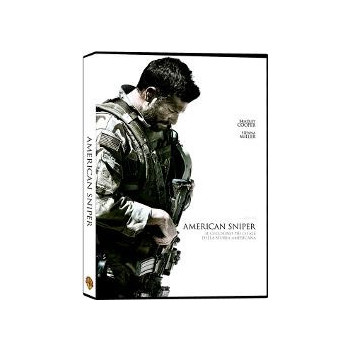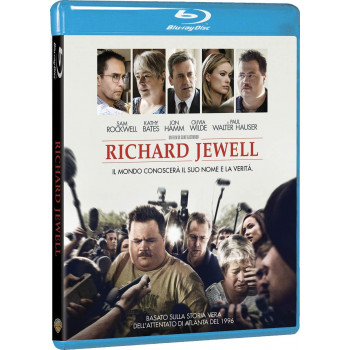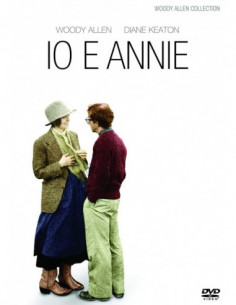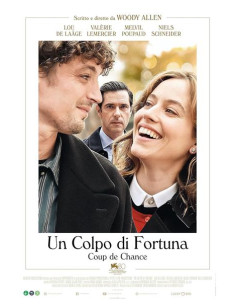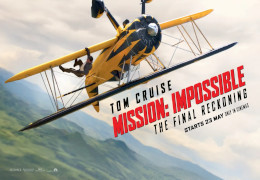Woody Allen vs. Clint Eastwood: two giants, two opposite endings
Once parallel, now divergent: Woody Allen has turned his signature voice into calligraphy, repeating ever more predictable formulas; Clint Eastwood has distilled his cinema into a sober, moral late style. Below we unpack methods, results, and critical reception — with a pointed focus on Allen’s recent output (including the much-debated “Roman film”).
1) Origins and authorial alphabets
Woody Allen emerges with neurotic, razor-sharp comedies: Io e Annie, Manhattan, Hannah e le sue sorelle, up to the darker moral weave of Crimini e misfatti. In the 2000s he stuns with Match Point, a taut moral tragedy.
Clint Eastwood, an icon as an actor in the ’60s–’70s, matures as an ethical, minimalist filmmaker: from Gli spietati to Mystic River and Million Dollar Baby, his cinema interrogates responsibility rather than the polish of a “pretty picture.”
2) Woody Allen’s “third act”: when style slides into routine
Over the last 15 years Allen has kept a blistering pace, but inspiration hasn’t kept up. The titles tell the story: Basta che funzioni, Midnight in Paris (pleasant yet postcard-like), To Rome with Love, Café Society, La ruota delle meraviglie, Un giorno di pioggia a New York, Rifkin’s Festival, Colpo di fortuna – Coup de Chance. The pattern repeats: the brilliant yet timid alter-ego, the “muse” as idea, the intellectual in crisis, jazz as spackle between scenes, glamorous cities flattened into décor.
The “Roman” case — To Rome with Love: disconnected episodes, baggy comic timing, tourist stereotypes, and a cardboard Rome. Not merely “minor”: for admirers of Allen’s once millimetric precision it’s plainly unscreenable. It betrays Italy (as cliché) and betrays Allen (as craft).
La ruota delle meraviglie: solid premise (a stagey melodrama) stranded at the surface. Dazzling lights, “written” monologues, conflicts without weight.
Un giorno di pioggia a New York: a return to the campus movie—spry in moments, but urgency-free: elegant déjà-vu.
Rifkin’s Festival: the cinephile who quotes cinema; quotation replaces invention.
Colpo di fortuna – Coup de Chance: the best of the recent batch, yet still a “lite” Match Point: elegant, predictable, lacking the moral chill.
The root cause: the famed economy (few shooting days, few takes, scripts that feel like polished first drafts) has shifted from virtue to approximation. Characters are sketched by synecdoche (two lines, one tic, a coat); cities are showrooms; music is decorative wallpaper. When the “Allen voice” becomes calligraphy, the timbre remains — the meaning evaporates.
Female figures: in the golden period they were tragic engines (see Hannah e le sue sorelle); today they often slide into shiny yet flat archetypes. It’s the clearest sign of narrative impoverishment.
3) Clint Eastwood: old age as rigor
Eastwood moves from muscular gesture to subtraction: Gran Torino is a moral rite about legacy and guilt; American Sniper grapples with an uncomfortable, imperfect hero and delivers exceptional box office (well over half a billion dollars worldwide); Sully is a humane procedural about the weight of decisions; Il corriere – The Mule is a bitter ballad of old age and time; Richard Jewell dissects trial-by-media; Cry Macho – Ritorno a casa, though uneven, speaks with disarming sincerity.
Method: yes, few takes — but on top of granite preparation. Minimalism isn’t poverty: it’s an ethical choice that reveals the moral bone. Sober cinematography, clean cuts, editing that values silence and looks; no “postcards.”
Outcome: adult films that don’t flatter. They don’t chase consensus — they challenge it. That’s why, even late in life, they feel more alive than many “young” products.
4) Head-to-head: two late styles
- Time: Allen speeds to deliver; Eastwood slows to understand.
- Space: Allen uses postcard cities (self at the center); Eastwood uses ordinary places (us at the center).
- Characters: Allen repeats masks; Eastwood chisels people, even unpleasant ones.
- Music: in Allen it’s an elegant carpet; in Eastwood it’s measured breath, often diegetic.
- Ethics of storytelling: Allen comforts his own mythology; Eastwood interrogates ours.
5) Comparative mini-timeline (2008–2025)
| Year | Woody Allen (Italian title) | Critical outcome | Clint Eastwood (Italian title) | Critical / public outcome |
|---|---|---|---|---|
| 2008 | — | — | Gran Torino | Strong reception; lasting cultural impact |
| 2012 | To Rome with Love | Low point: episodic, stereotyped | — | — |
| 2014 | — | — | American Sniper | Huge global success; heated critical debate |
| 2016 | — | — | Sully | Praised for rigor and restraint |
| 2017 | La ruota delle meraviglie | Glittering surface, thin substance | — | — |
| 2018–2019 | Un giorno di pioggia a New York | Elegance without urgency | Il corriere – The Mule, Richard Jewell | Lucid late cinema; media trial under the lens |
| 2020 | Rifkin’s Festival | Cinephile self-quotation, little necessity | — | — |
| 2023–2024 | Colpo di fortuna – Coup de Chance | Relative uptick, still derivative | Cry Macho – Ritorno a casa | Imperfect yet honest and personal |
Note: selective timeline focusing on “late mannerism” (Allen) vs “late rigor” (Eastwood).
6) Reception and outside voices (paraphrased)
- On Allen: the recent years are widely read as “self-anthology”—intermittent sparkle, low risk, quotation as a stand-in for invention.
- On Eastwood: moral coherence, essential storytelling, an ability to engage adult audiences without cosmetic compromise.
- From sets: on Eastwood, actors describe lean yet steady shoots, trust and clarity; on Allen, a method that prioritizes speed over refinement.
Bottom line: Allen tends to reassure his own mythology; Eastwood keeps challenging it — and us.
7) FAQ
- What’s Eastwood’s finest “late” film?
- Sully for rigor, Richard Jewell for civic bite; Il corriere – The Mule as a confession about the time that remains.
- Why does late-period Woody Allen persuade less?
- Repeated masks and situations, brisk but under-refined scripts, postcard cities. Elegance, yes; necessity, no.
- What is a director’s “late style”?
- A distilled language: recurring themes pared to the bone. For Eastwood it aligns with ethics and subtraction; for Allen, too often, with calligraphy.
- What’s the lowest point of Allen’s “European period”?
- To Rome with Love: episodic, stereotyped, comic timing off. A missed opportunity.
8) Conclusion: why one “ends” and the other doesn’t
This isn’t a genius contest. It’s a matter of care. Allen has too often mistaken lightness for ease: the former is an art, the latter a habit. Eastwood has stripped away everything non-essential until only the question that matters remains: what makes our choices right (or wrong)? Hence today their films tell two opposite endings: one speaks to his own past; the other still speaks — pointedly — to our present.


